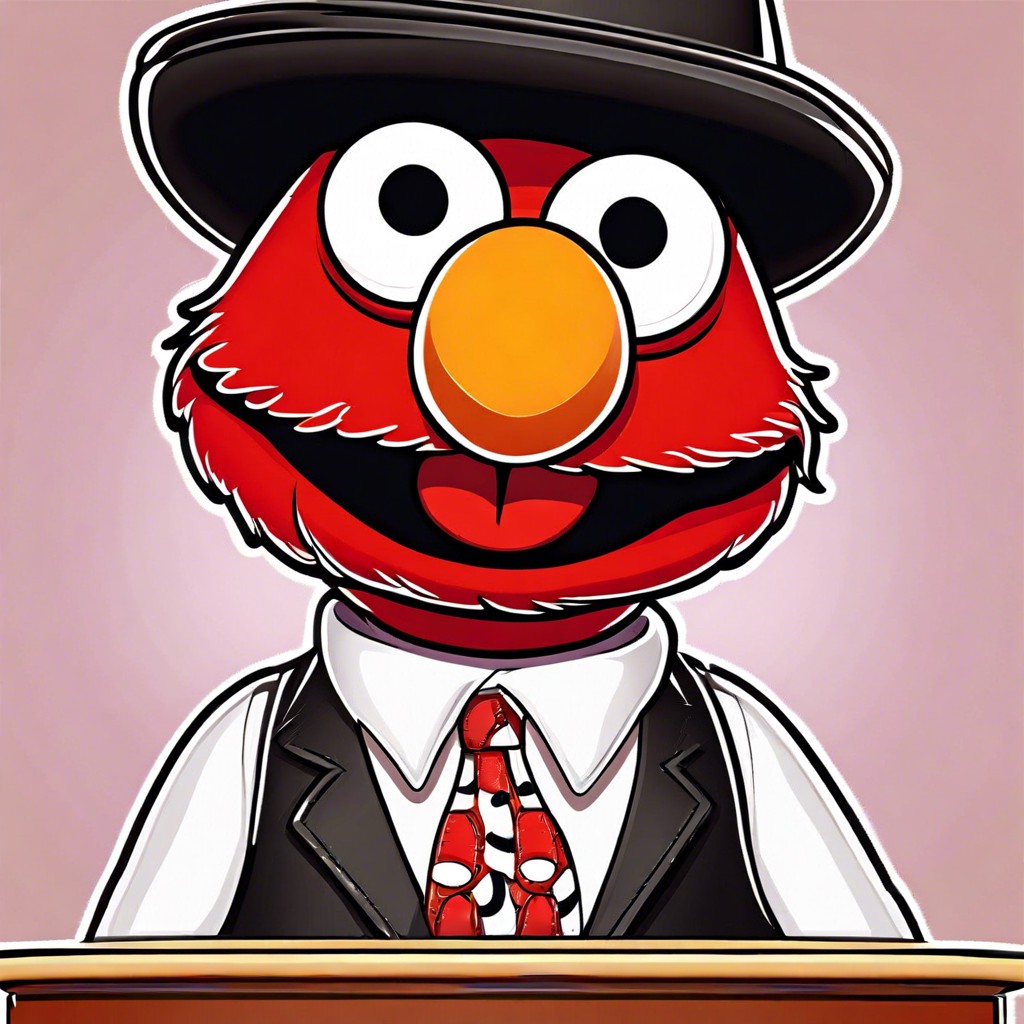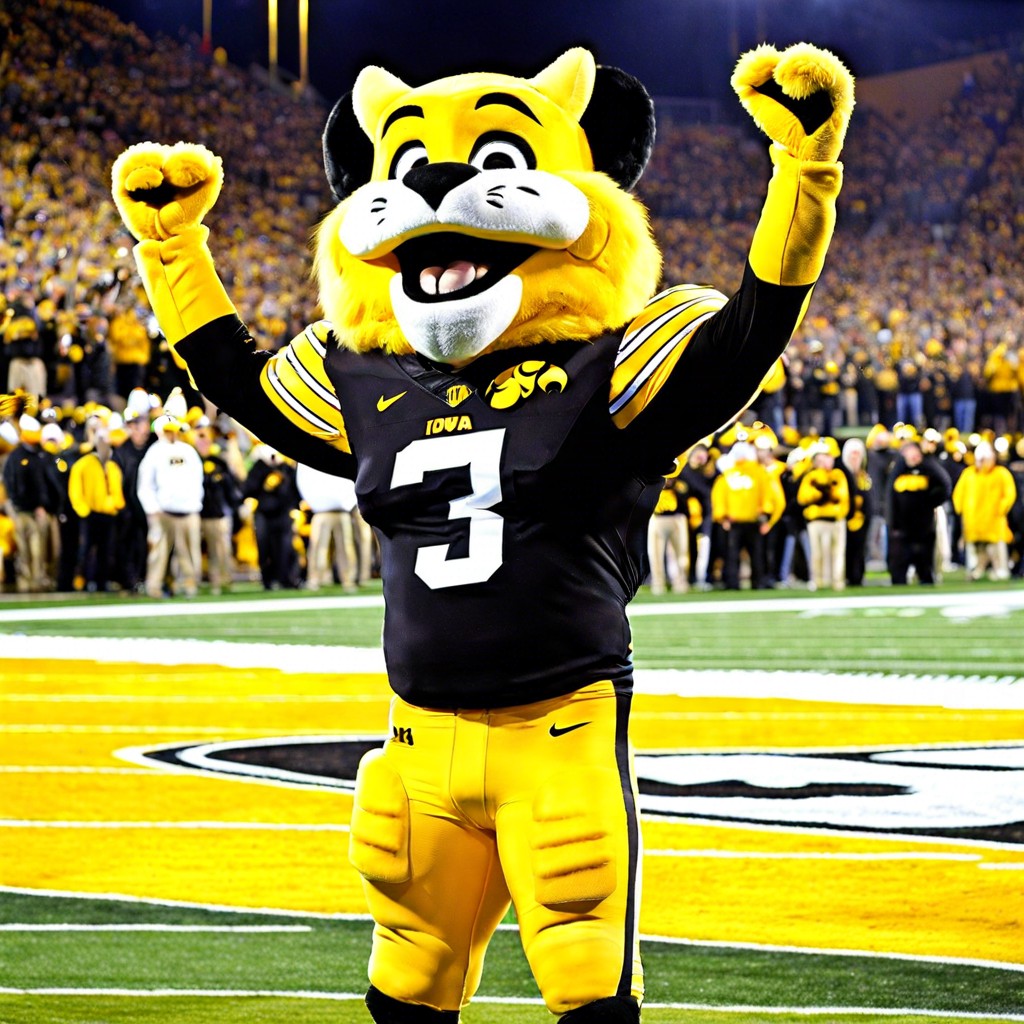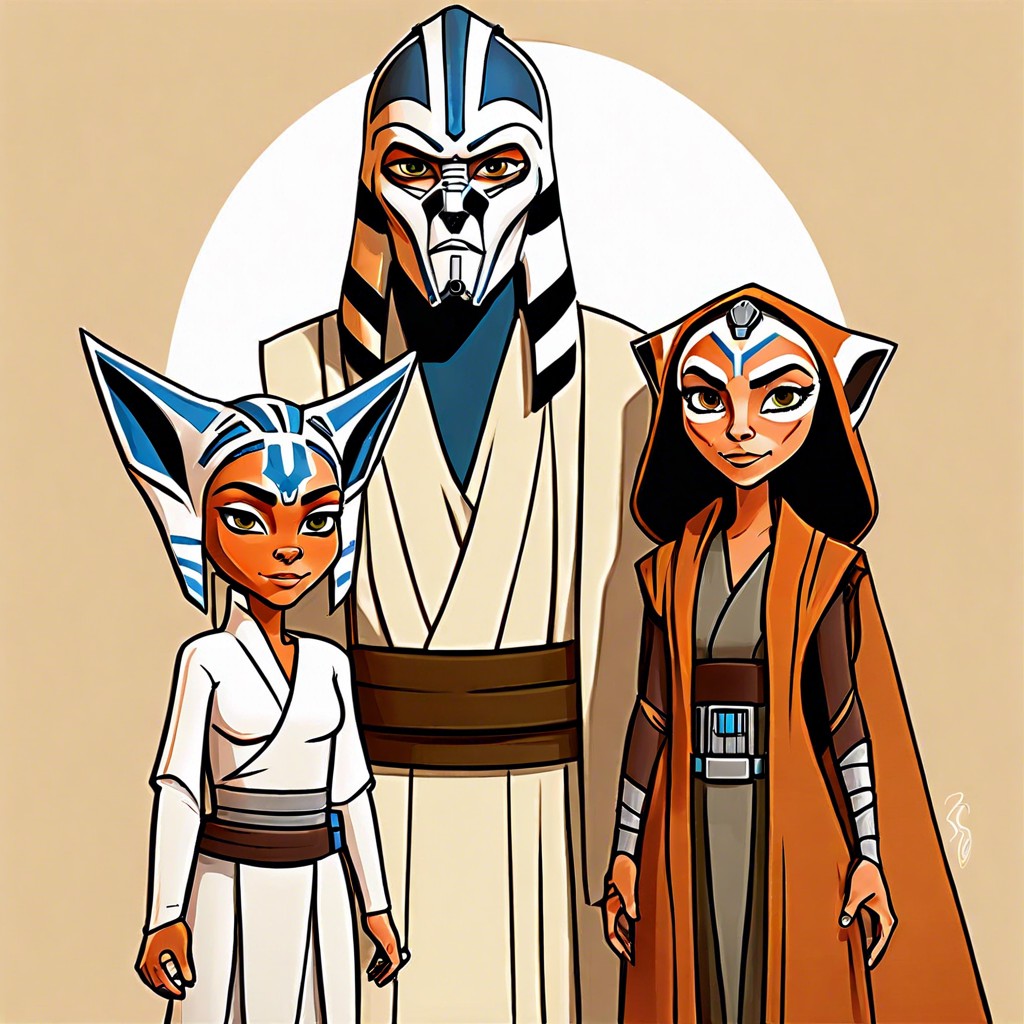If Elmo is just singing along, it means he’s enjoying and participating in the fun of music without leading it.
Picture this: Elmo’s sweet, fuzzy voice chimes in, not leading, but simply singing along to an already iconic tune. Whether it’s “Twinkle, Twinkle, Little Star” or the latest pop sensation, imagine the ripple effects of this shift. Ready to dive deep into the legacy of Elmo jamming along and its wild impacts on young viewers, copyright wars, and even—yup—his own character quirks? Hold onto your imagination; this ride is about to get hilariously insightful.
Key takeaways:
- Elmo enjoys music without leading, changing viewer experiences.
- Elmo embodies education, friendships, and joy for all ages.
- Singing along with Elmo can enhance kids’ learning experiences.
- Copyright and attribution issues arise if Elmo sings popular songs.
- Elmo’s character development and viewer perceptions may shift.
Elmo’s Legacy in Children’s Entertainment

From the busy streets of Sesame Street, Elmo emerged as a cultural icon. With his infectious giggle and bright red fur, he’s charmed millions.
Elmo’s role isn’t just about fun; he’s a pint-sized educator. Teaching kids sharing, empathy, and ABCs, he’s a furry professor in disguise.
Crafted by brilliant puppeteers, his character transcends age barriers. Adults chuckle, kids learn.
Memorable catchphrases and songs? Part of the magic. “La la la la, Elmo’s World!” is sung in countless homes.
Let’s not overlook his friendships. Big Bird, Cookie Monster – timeless bonds that showcase camaraderie and diversity.
Elmo’s legacy proves that learning and joy can walk hand in fuzzy hand.
Potential Impacts On Viewers
Kids love Elmo. Who wouldn’t adore a furry red monster belting out catchy tunes? Surprisingly, if Elmo’s just harmonizing instead of leading, it could change the game for young viewers.
Firstly, kids may learn more diverse vocabulary as they hear more varied lyrics. No longer just “La la la,” they get a medley of words.
Secondly, children might become better listeners. Following along with an existing track demands attention. Bye-bye, short attention spans!
Lastly, it could encourage more interactive play. Kids could sing along with Elmo, turning passive watching time into an active sing-along fest! And who doesn’t want a living room concert by their 4-year-old?
But wait, there’s more: they might even develop a knack for recognizing melodies and rhythms earlier. A future Grammy winner might be in the making, all thanks to everyone’s favorite red puppet just tagging along.
In short, it’s a recipe for a more stimulating entertainment experience.
Copyright and Attribution Issues
Enter the legal labyrinth where even a fuzzy red monster isn’t safe. If Elmo is merely singing along to popular songs, we’re diving headfirst into the murky waters of copyright and attribution.
First off, copyrighted songs mean that someone owns the rights. These owners might not be tickled pink about a puppet borrowing their tunes without permission. Imagine the legal slap on the wrist—or rather, paw.
Then, there’s the attribution issue. Proper credit must be given where it’s due. If Elmo starts serenading without citing the original artist, it’s not just a faux pas; it could be seen as stealing someone else’s thunder.
Finally, there’s the financial aspect. Unauthorized use can lead to hefty fines. And let’s face it, no one wants to see Elmo’s piggy bank shattered over legal fees.
In short, letting Elmo belt out someone else’s hits without due diligence? That’s a minefield of potential lawsuits and angry songwriters.
Influence On Elmo’s Character Development
Elmo’s bubbly persona isn’t just born out of his high-pitched giggles and fuzzy red fur. His songs, bursting with joy and silly lyrics, play a big role in shaping his character. Now, imagine discovering that Elmo’s been merely belting out karaoke hits of famous tunes all along. Oh, the scandal!
First off, it could make Elmo seem more relatable. After all, who among us hasn’t crooned along to our favorite tracks in the shower?
On the flip side, his originality might be questioned. Is Elmo just a puppet with a playlist, or is there genuine creativity in his tiny felt heart?
Also, think about the educational angle. Elmo’s songs often teach lessons. If he’s just covering hits, do those lessons change? Do they lose their magic?
These points show that simply singing along could reshuffle the foundational blocks of the Elmo we’ve come to adore.
Audience Reception and Parental Concerns
Imagine little Timmy, delightedly hopping around the living room, singing along to Elmo’s catchy tune. All seems well, but what if Elmo’s just mimicking the latest chart-topping hits? How would that sit with parents?
First, we’d see parents questioning the originality of Elmo’s content. They might wonder if the show’s creative edge is gone. Originality matters, especially when teaching kids about creativity.
Next, consider the educational value. Parents rely on shows like Sesame Street to teach positive lessons. If Elmo’s a karaoke champ rather than a figure of original content, it might dilute the show’s educational impact.
Parental trust could wane. Trust built over decades doesn’t dissipate overnight, but seeing Elmo less as an innovator and more as a copycat raises eyebrows. If you’re looking for Elmo to bring something new and engaging to the table, remixes might not cut it.
Lastly, the magic of discovery. Watching Elmo create something fresh is like seeing a magician pull a rabbit out of a hat. Repeatedly hearing familiar songs with an Elmo twist could make that magic vanish, much like turning a rabbit into a slightly modified rabbit. Not nearly as enchanting.
In the end, it boils down to how much joy and educational value Elmo’s sing-along sessions bring without compromising originality and trust. Keep the carrots fresh, Elmo!




